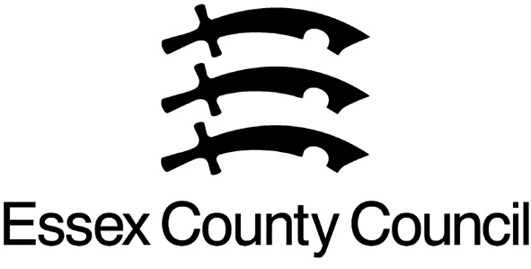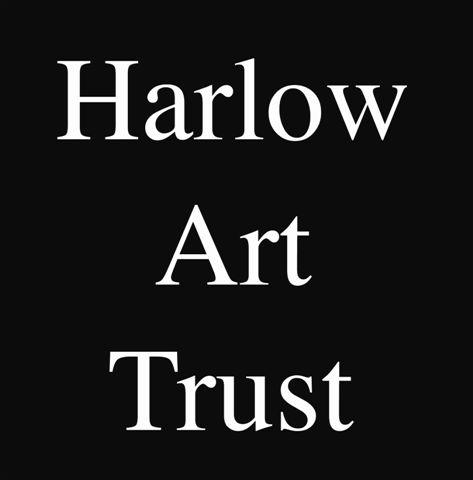






Harlow Utopia is a series of sound and poster installations that reflect the artist’s interest in the architectural history of Harlow as envisioned by architect Sir Frederick Gibberd. The work looks at the possible utopian futures of seven sites around Harlow incorporating the ideas and social ethos that Gibberd left behind.
Utopia: an ideal community or society.
Harlow: a New Town. A New Town is a specific type of development for a planned community. Harlow was built to re-house people after the Second World War. The Master Plan for the town was drawn up by Sir Frederick Gibberd in 1947. Gibberd himself wanted to address certain ambitions, or even fantasies, that were at the heart of this modernist project for the twentieth century.
Harlow Town was built as a new vision of what a town community could be. The town was built for a new citizen whose way of living was affected by technologies that were creating a new type of life. Gibberd used the natural landscape to create unique housing. He provided each resident with green spaces nearby to enjoy in their leisure time. He thought carefully, defining each area through housing, leisure, work, education and shopping. Gibberd’s town was intended to echo the idea that each neighbourhood would be a self-sustaining and self-supporting community. People would work and live in the town.
Emily Whitebread's worked developed from many discussions with local people including those with a great deal of knowledge about Harlow’s history. Most of her time was spent in The Museum of Harlow, Gibberd's house and Bishopsfield. During her residency she became friendly with the staff at Hub and Spoke Harlow, who took her on bike tours of Harlow's cycle paths. During her talks with Harlow locals she found there to be mixed reactions to the current state of Harlow Town and the developments that have, or have not, happened since Gibberd’s death. From her brief association with Harlow she thought it was a unique place with plenty of utopian potential for the people who live there and for those who are yet to experience it.
For Gibberd the future of the town was its youth. Whitebread has focused on this youth which was so much a part of Gibberd’s vision, working with the Harlow’s TNT Co-operative Education Ltd and Livewire, attending their meetings and brainstorming with their young adults. She attended the groups’ meetings and joined in with their programmes. Two Media Studies students from Harlow College also contributed to the project. During meetings with these three groups, Whitebread asked questions of these young people about what they thought about their town and the spaces they would like to see improved. She also focused on what they liked to do in their leisure time.
For Whitebread the responses of these young people seemed to echo the vision of Gibberd. She uncovered similarities between what they both wanted to achieve with their town through focussing discussions and encouraging these young people to envision the future possibilities and potential of their Town. Through this involvement, the young people re-examined Harlow and formulated a more positive and aspirational attitude to their Town. After two months of editing and feedback from these particular groups the scripts for Harlow Utopia were ready to be recorded. The young voices you hear in the recordings belong to members of Livewire. The resulting audio work and posters represent possible utopian futures of seven sites around Harlow as chosen by these young people - the future life of Harlow.






